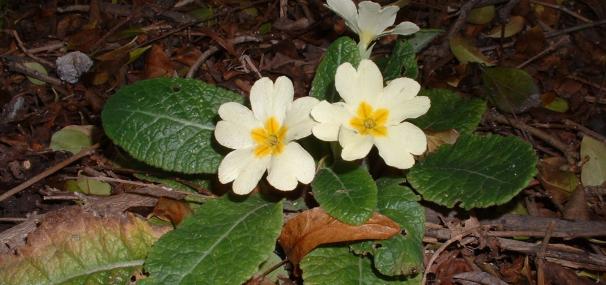A hardy little plant, the Primrose can flower from as early as December in mild years, appearing all the way through the spring until May. It favours woodland clearings, hedgerows and grassland habitats, and sometimes even gardens. Primroses are the foodplant of the caterpillars of the rare Duke of Burgundy Butterfly, which is a Priority Species in the UK Biodiversity Action Plan. Since Victorian times, April 19 has been known as 'Primrose Day' in honour of the late Prime Minister Benjamin Disraeli; his favourite flowers are placed at his statue in Westminster Abbey and his grave at Hughenden in Buckinghamshire.
The Wildlife Trusts manage many woodland nature reserves sympathetically for a range of spring flowers, from pretty Primroses to fragrant Ramsons, showy Bluebells to delicate Wood Anemones. A mix of coppicing, scrub-cutting and ride maintenance open up the woodland floor to the sun, helping many flowers and plants to thrive. You can help too: volunteer for your local Wildlife Trust and you could be involved in everything from traditional forest crafts to raising awareness about woodland wildlife.
